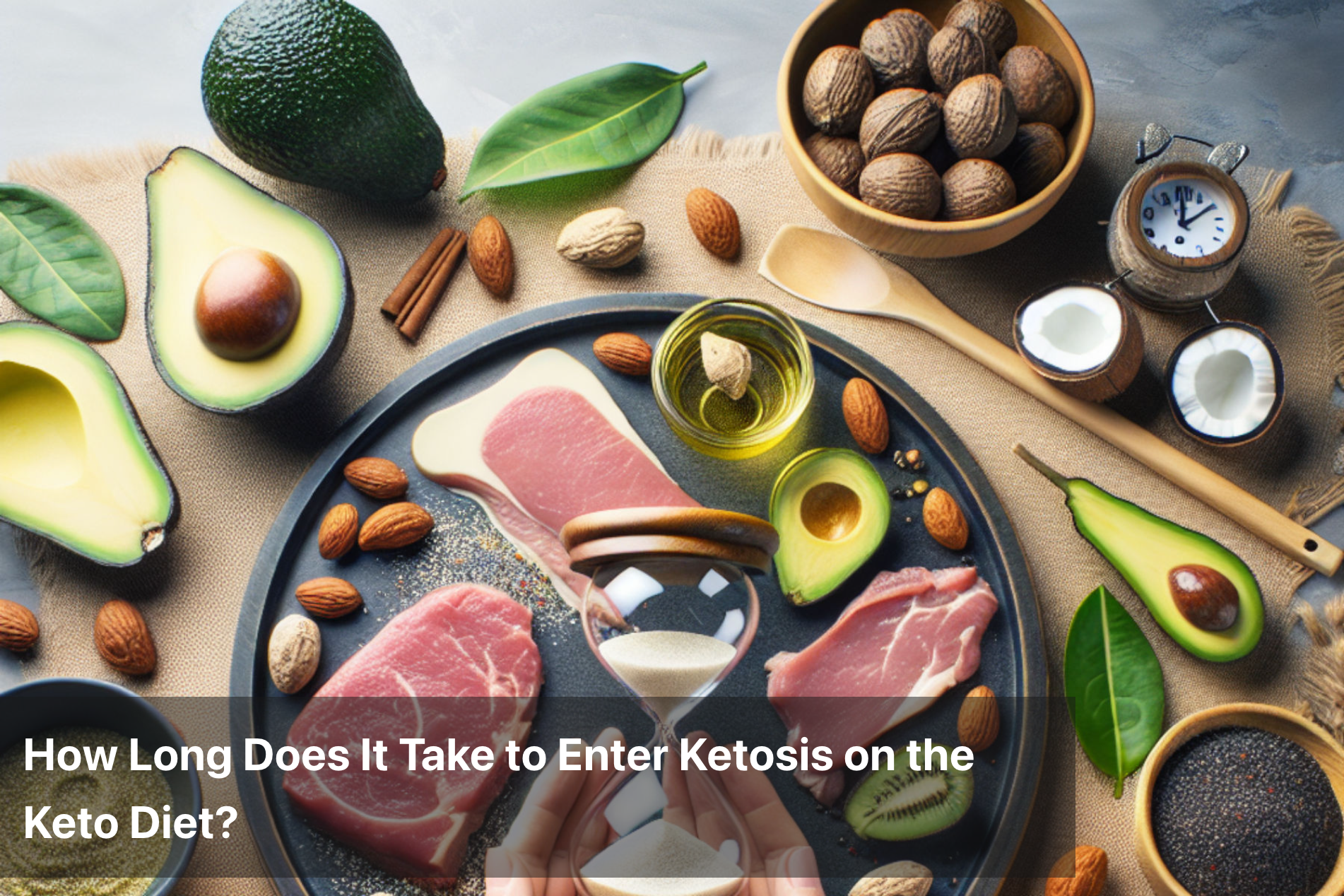
How Long Does It Take to Enter Ketosis on the Keto Diet?
The ketogenic diet is a low-carb, high-fat dietary approach designed to shift the body’s metabolism from burning carbohydrates to burning fat for energy. This metabolic state, known as ketosis, occurs when the body starts producing ketones as an alternative fuel source. Many individuals embarking on a keto journey wonder how long it takes to enter ketosis and what factors influence this process.
Reaching ketosis is not an instant transformation; several factors, including diet, activity level, metabolic rate, and carbohydrate intake, determine how quickly the body adapts. Understanding the timeline, symptoms, and ways to speed up ketosis can help individuals transition effectively and maximize the benefits of the ketogenic diet.

What is Ketosis?
Ketosis is a metabolic state where the body primarily burns fat instead of carbohydrates for energy. Under normal dietary conditions, the body converts carbohydrates into glucose, which serves as its main energy source. However, when carbohydrate intake is significantly reduced, the liver begins breaking down fats into ketones, which then become the primary fuel for the brain and body.
The process of entering ketosis varies from person to person, but most individuals reach this state within a few days to a week after drastically lowering carbohydrate intake.
How Long Does It Take to Enter Ketosis?
The time frame for entering ketosis depends on several factors:
Carbohydrate Intake – The fewer carbohydrates consumed, the faster the body depletes its glycogen stores and starts producing ketones. Typically, reducing carb intake to 20-50 grams per day promotes ketosis within 2-4 days.
Activity Levels – Regular physical activity speeds up glycogen depletion, allowing the body to switch to fat-burning mode more quickly. High-intensity workouts and endurance exercises accelerate the process.
Metabolic Rate – Individuals with a faster metabolism or those accustomed to low-carb eating may enter ketosis faster than those with a slower metabolism.
Previous Diet – Those who previously followed a high-carb diet may take longer to enter ketosis compared to individuals who already consume moderate or low levels of carbohydrates.
Intermittent Fasting – Fasting can help lower insulin levels and accelerate glycogen depletion, encouraging ketone production sooner.
Most people enter ketosis within 48 hours to a week, but some may take longer depending on their individual metabolic responses.
Signs and Symptoms of Entering Ketosis
The transition into ketosis is accompanied by several noticeable symptoms, commonly referred to as keto-adaptation signs:
Increased Energy and Mental Clarity – Once the body adapts to ketones, many experience a surge in energy and improved focus.
Reduced Appetite – Ketones suppress appetite-regulating hormones, leading to decreased hunger.
Bad Breath (Keto Breath) – Acetone, a type of ketone, is excreted through breath, giving it a fruity or metallic odor.
Increased Thirst and Frequent Urination – Water loss during the initial phase leads to increased thirst and bathroom visits.
Short-Term Fatigue – Temporary tiredness occurs as the body shifts from glucose to fat for fuel.
Digestive Changes – Some may experience constipation or diarrhea as the digestive system adjusts to increased fat intake.
How to Speed Up Ketosis?
For those looking to enter ketosis quickly, implementing these strategies can accelerate the process:
1. Reduce Carbohydrate Intake Drastically
Limiting daily carb intake to 20-30 grams ensures rapid glycogen depletion and encourages the liver to start producing ketones.
2. Increase Healthy Fat Consumption
Consuming 70-80% of daily calories from healthy fats such as avocado, coconut oil, nuts, and fatty fish supports ketosis.
3. Incorporate Intermittent Fasting
Fasting for 16-18 hours or following an OMAD (One Meal a Day) approach lowers insulin levels and enhances fat oxidation, pushing the body into ketosis faster.
4. Engage in High-Intensity Workouts
Exercise depletes glycogen stores, making the switch to ketosis more efficient. Strength training, HIIT (high-intensity interval training), and endurance workouts are effective.
5. Stay Hydrated and Replenish Electrolytes
Drinking plenty of water and ensuring adequate intake of sodium, potassium, and magnesium prevents dehydration and reduces symptoms of keto flu.
6. Consume Moderate Protein
Excessive protein can convert to glucose via gluconeogenesis, slowing down ketosis. A moderate protein intake of 0.6-1.0 grams per pound of lean body mass is ideal.
7. Use Exogenous Ketones
Ketone supplements can provide an immediate boost in ketone levels, although they are not a necessity for entering ketosis naturally.
Common Mistakes That Delay Ketosis
Several factors can slow down or prevent the body from entering ketosis:
Hidden Carbs in Processed Foods – Consuming sauces, condiments, and processed snacks that contain hidden sugars can stall ketosis.
Overeating Protein – While protein is essential, excessive intake can be converted into glucose, delaying fat-burning.
Lack of Physical Activity – A sedentary lifestyle slows glycogen depletion, making it harder to enter ketosis.
Insufficient Fat Intake – Not consuming enough dietary fat can prevent the body from efficiently producing ketones.
Avoiding these common pitfalls ensures a smoother transition into ketosis and enhances the effectiveness of the ketogenic diet.

How to Know If You’re in Ketosis?
Several methods can help determine whether the body has successfully entered ketosis:
Ketone Urine Strips – Simple test strips detect ketones in urine but may become less reliable over time.
Blood Ketone Meters – Measures beta-hydroxybutyrate (BHB) levels in the blood for accurate ketone tracking.
Breath Ketone Analyzers – Detects acetone levels in the breath as an indicator of ketosis.
Physical Symptoms – Increased energy, appetite suppression, and keto breath are natural indicators of ketosis.
Monitoring ketone levels can help adjust dietary and lifestyle habits to optimize ketosis.
Summary
The time it takes to enter ketosis varies based on individual factors, but most people reach this metabolic state within 2-7 days by following a strict low-carb, high-fat diet. Symptoms such as keto breath, increased energy, and reduced hunger signal the body's shift into ketosis.
By implementing strategies like intermittent fasting, high-intensity exercise, and proper electrolyte balance, the transition can be accelerated while avoiding common mistakes that delay ketosis. Tracking ketone levels through urine, blood, or breath tests ensures progress and helps fine-tune the diet for optimal results.
Understanding the timeline and signs of ketosis enables individuals to navigate the ketogenic diet successfully and unlock its full potential for weight loss, mental clarity, and sustained energy.
This Blog post is an initiative by Lo! Foods, to provide accurate and Nutritionist / Doctor approved information related to Health. Lo! Foods is India's leading brand for Everyday Functional Foods. Foods designed for specific Health conditions or Needs. Lo! Foods also runs India's largest range of Low Carb Healthy Cloud Kitchens, under the brand names of Lo!, ProteinChef, ATH (All Things Healthy) and DiabeSmart.




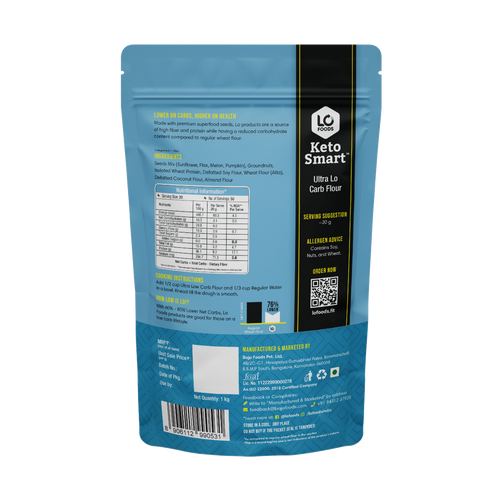

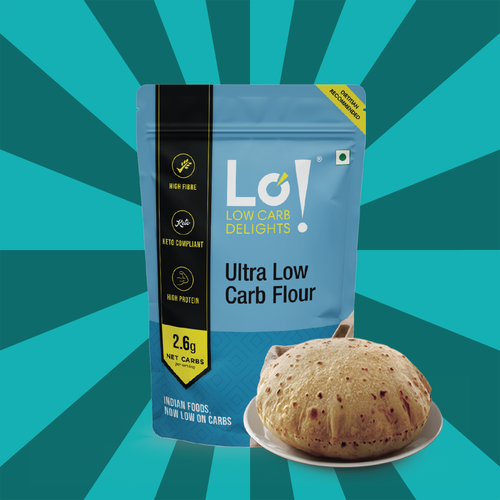


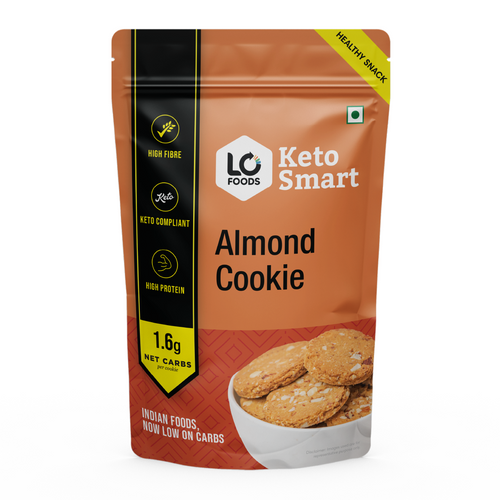


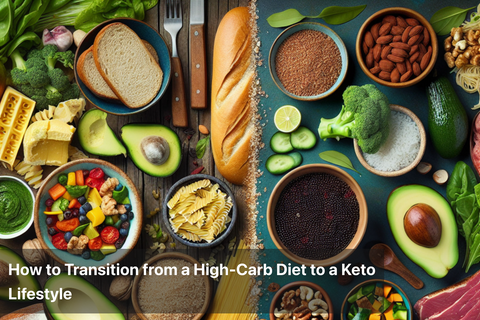

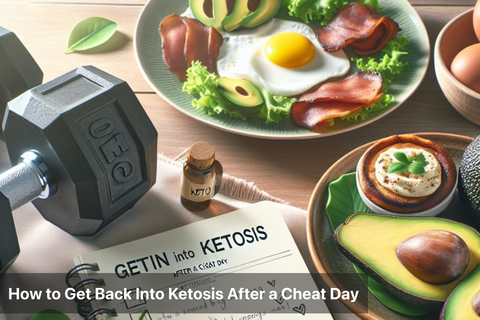
Leave a comment
Your email address will not be published.